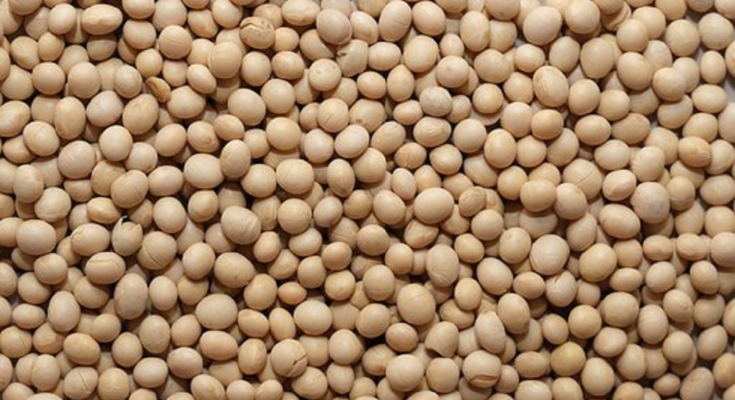A growing number of environmentally friendly, sustainable options are emerging as the fashion industry moves toward sustainability. Sustainable clothing will always be in style, and it is both a current and foreseeable requirement.
In the modern textile sector, the phrase “sustainability” is crucial, and it denotes fabrics, fibers, and environmentally friendly materials. Sustainable textiles lessen the issue of textile waste in the contemporary textile industry. Natural fibers that are biodegradable and derived from renewable resources are known as sustainable fibers. Making clothing from sustainable fibers uses less water, less energy, and no chemicals. Bananas, jute, and soybean fiber are a few types of sustainable fabric.
It is the healthiest and most comfortable fiber of the 21st century, and only developed nations have made significant investments in creating novel fibers for the twenty-first century. Despite this, the only renewable plant-based protein fiber is found in soy, and its 16 amino acids are beneficial and nourishing to human skin. This fiber mainly originates from the very nutritious and widely available soybean plant. It is a type of active fiber that demonstrates the advantages of several natural and synthetic fibers. Here’s everything you must know about soy fiber in detail:
What Is Soy Fabric?
One of the world’s most eco-friendly materials, soy fabric, sometimes known as “vegetable cashmere,” has the silky smoothness of silk. This fascinating textile, made from soy protein obtained from soybean hulls, uses a waste product and turns it into a usable fabric with minimal hazardous chemicals and processing.
The soy cloth is exceptionally stretchy and has a good drape. Although this fabric takes dye well, the color occasionally bleeds during the first few washing. Soy cloth does not wrinkle or shrink while being somewhat prone to pilling.
Due to its chemical makeup, soy cloth also offers special qualities. For instance, this fabric is highly antibacterial and UV resistant. In addition to being extremely soft and lightweight, soy fabric has the appearance of silk due to its light-reflecting properties. Also, the good news is you can now easily get international soy fabric online.
Properties of Soybean fabric
The poor strength and moisture sensitivity of soybean fibers cause them to lose 69 percent of their tenacity when wet. Better fineness, low specific gravity, strong tensile elongation, and superior acid and alkali resistance are all characteristics of this material. It resembles natural fibers like silk and wool. This novel fiber can partially replace silk and is significantly less expensive than actual silk (about one-third of the price of silk). Its capacity to absorb moisture is on par with kinds of cotton and has far superior permeability, making it more comfortable.
This fiber’s breaking strength is above 3.0 CN/dtex, which is more than the strength of wool, cotton, and silk and comparable to synthetic fibers like polyester. Because of the Soybean Protein Fiber’s (SPF) high initial modulus and low boiling water shrinkage, the fabric has good size stability. It can be cleaned and dried quickly and simply, its anti-crease performance is excellent, and SPF binds to human skin with excellent affinity.
Soybean fiber’s bright yellow, almost identical to silk’s color, is its natural hue. Compared to items made from actual silk, it has good dyeing brilliance and fastness in addition to good fastness to light and sweat. The fabric is made from pure soybean protein fiber (SPF), which has a natural color, is pure, has a lot of fluff on the surface without pilling, and has a great hand, drape, and softness.
How Is Soy Fiber Made?
Use by-products from tofu and soy production to make soy fiber. It is considered a man-made cellulosic material, which means that turning it from a plant into yarn requires chemical treatment. One advantage is that most of the chemicals used in the manufacture of soy fiber are recycled, creating a closed-loop system.
First, denature the soybean’s proteins by exposure to heat, alkalis, or enzymes before being filtered and spun into long strands to create soy fiber. Formaldehyde is occasionally used as a cross-linking agent to prolong the fibers and improve the fabric’s resistance to creases.
What Makes This Fabric Stand Out?
- Soybean fabric is smooth, lightweight, and has a lustrous feel akin to silk. It has a great drape.
- Compared to cotton, soy cloth transmits moisture more effectively.
- Compared to wool, silk, and cotton, soy fabric has a higher breaking strength and does not shrink when washed in hot water.
- Soy fabric resists creases and is simple to clean.
Types of Soybean Fabric
- Pure Soy Fabric– Shiny, permeable, and flexible soy fabric is made from processed soy proteins. It is not durable, though, and is not suited for dyeing.
- Soy-Cotton blends– Many producers combine soy and cotton to increase the fabric’s longevity. Combining soy and cotton preserves the strength and sheen of silk.
- Soy-Wool blends– Soy-wool fabric is a less common textile, even though it was a well-liked combination in the middle of the twentieth century. It keeps the soy fabric’s suppleness and smoothness.
Conclusion
The fiber of the next century is hailed as the healthy, cozy, and environmentally friendly soy protein fiber. Its main component is soybean protein, which is abundant, cheap, and beneficial to the recovery and regeneration of natural resources. Soybean protein fiber offers both the physical qualities of synthetic fibers and the advantages of natural fibers. In every way, it is a viable fabric for middle- and upper-class apparel in the textile sector.




